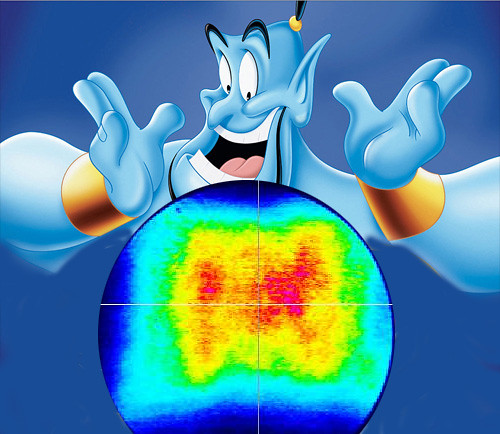Blowing Aladin
Thursday, April 18th, 2013
Instruments on the ground or attached to weather balloons give us wind velocity measurements, helping us predict weather changes and forecasting. And they do a pretty good job with it. Anybody with a radio, TV or Internet device can avail themselves of the weather forecast. Or a newspaper. Remember those?
Although I appreciate being able to know what the weather will be like after tomorrow or next week, I long for the days when we would simply look toward the sky, feel the wind and/or humidity and make an experienced guess on the next day’s weather. Winds from the south and we’ll get rain. Chilly wind from the northwest indicates a change toward colder days ahead.
If the wind makes a difference on the ground, think about what it would mean if we were able to use an instrument in space. Enter the ESA’s Aeolus mission, which includes the Aladin UV laser instrument.
The Aeolus satellite will carry a single, but complex, instrument that will probe the atmosphere to profile the world’s winds. Reliable and timely wind profiles are urgently needed by meteorologists to improve weather forecasts. In the long term, they will also contribute to climate research.
Aeolus carries a pioneering instrument called Aladin that uses laser light scattering and the Doppler effect to gather data on wind.
The laser generates high-energy UV light, which is beamed towards Earth through a telescope. As the light travels down through the atmosphere, it bounces off molecules of gas, particles of dust and droplets of water.
By comparing the shift in frequency of the received light from the transmitted light caused by the Doppler effect, the motion of the molecules in the atmosphere can be measured, revealing wind velocity.
The laser transmitter is being developed by Selex-ES in Italy.
It has been a very long and difficult undertaking – forging new technologies in many areas such as optics, opto-electronics, precision mechanics and thermo-mechanical design.
Recent tests show all this effort has not been in vain.
Throughout three consecutive weeks, the laser transmitter remained perfectly stable at full energy, producing a total of 90 million UV laser shots.
Considering that each shot is 5 MW, peaking at an intensity similar to that of a lightning strike and that this is repeated 50 times a second – the stress on the optical components that shape and guide the laser beam is tremendous.

Predicting weather and climate changes using a space-based UV laser. Cool.